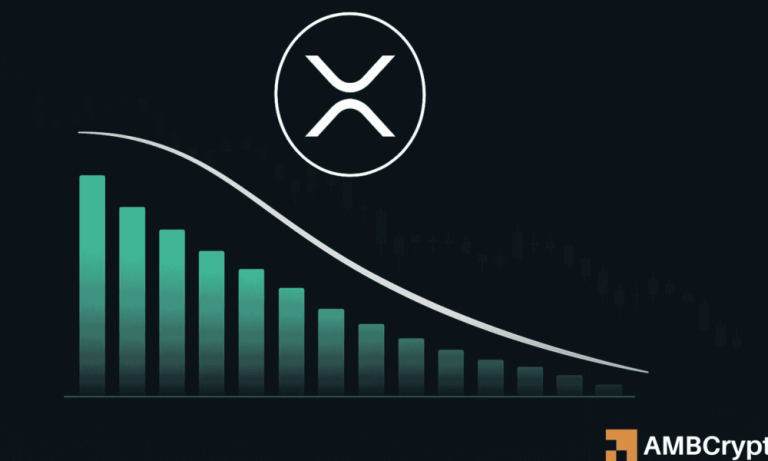
Solana, one of the leading blockchain platforms, has introduced its second inflation proposal of the year. The “Double Disinflation Rate” proposal, also referred to as Solana Improvement Document (SIMD)-0411, aims to significantly cut its inflation rate over the next three years. But how will this impact decentralized finance (DeFi) and staking rewards? Let’s unravel the details and understand why this proposal could be a game-changer for the Solana ecosystem.
What Is Solana’s ‘Double Disinflation’ Proposal?
The Solana Improvement Document (SIMD)-0411 proposes a reduction in the network’s inflation rate from the current 4.5% to 1.5% within three years. Unlike the current fixed disinflation rate of 15%, this proposal aims to double the disinflation rate to 30% annually. Here’s how it works:
- Current scenario: The annual inflation rate is 4.5%, and the disinflation rate is 15% per year. This would reduce inflation to 2.5% in three years.
- Proposed scenario: Doubling disinflation to 30% per year, pushing inflation down to 1.5% in three years.
If implemented, this proposal could remove approximately 22.3 million SOL tokens from the inflation schedule over six years, equating to a $2.9 billion reduction in potential selling pressure at current market prices.
Impact on DeFi Yields and Staking Rewards
While the long-term benefits of this proposal are evident, its short-term consequences are stirring debate within the Solana community. Some analysts, including DeFi researcher Ignas, express concern over its potential to decrease rewards for decentralized finance protocols and liquid staking tokens (LSTs) like jupSOL. Ignas noted, “If rates drop, I would reconsider holding that position and even SOL itself.”
However, proponents of the proposal, like Mert Mumtaz, Founder of Helius Labs, argue that reducing inflation is essential to cut selling pressure caused by stakers liquidating rewards to cover costs such as taxes. He stated, “This change can save the network millions of dollars and help stabilize the price long term.”
Looking Ahead: What Does This Mean for Solana?
With the community vote underway, the adoption of SIMD-0411 could bring major changes to Solana. By addressing inflation issues and reducing unnecessary emissions, the network stands to strengthen its long-term value while ensuring sustainable growth. However, short-term challenges for DeFi participants and stakers could slow adoption among certain users.
As of the time of writing, SOL’s price stands at $129, a significant drop from its September high of $253. Investors and community members will be keenly watching the outcome of the vote and its potential impact on the market.
Where to Stay Updated
Given the dynamic nature of DeFi and cryptocurrency investments, equipping yourself with the latest insights is critical. Alongside tracking market trends, consider exploring tools like Ledger Nano X, a secure hardware wallet for managing your SOL tokens and staking rewards.
Disclaimer: Cryptocurrency investments are high-risk and require thorough research. Consult a financial advisor before making any decisions.



